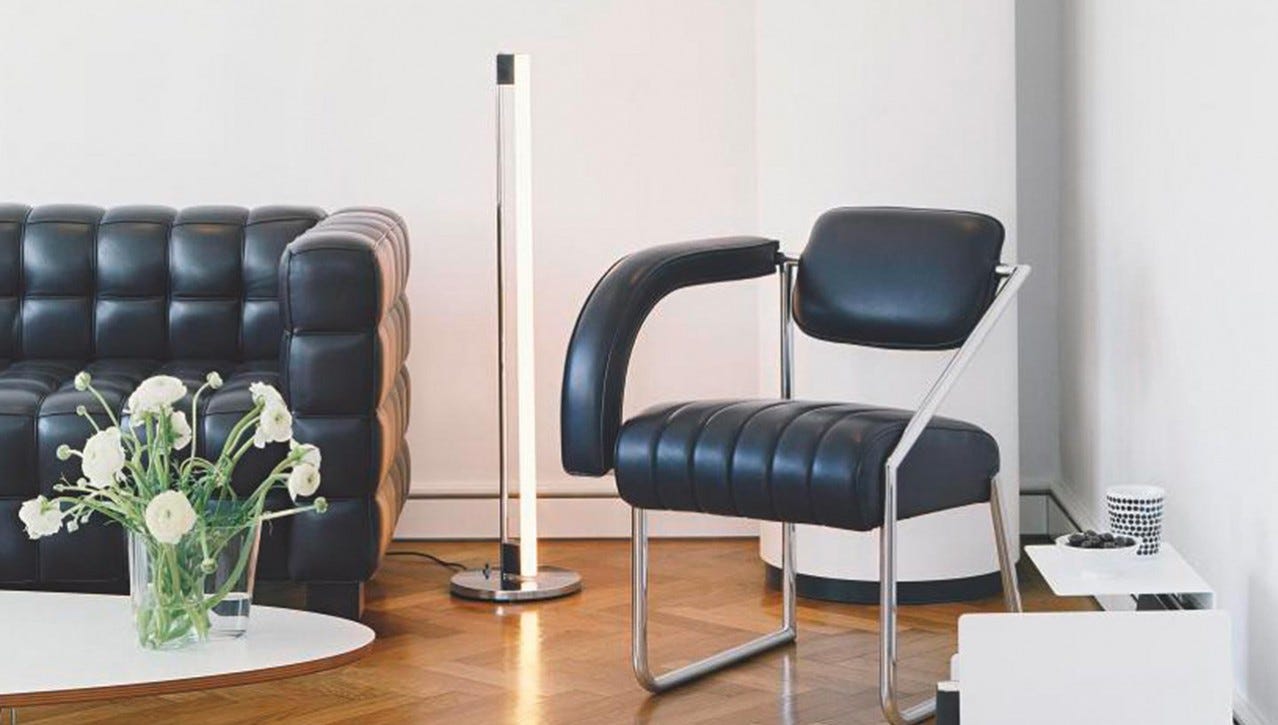#5 Making cities from wood, nonconformists & hidden possibilities
Welcome to the end of the (shortest) month! And welcome to the 5th edition of Design Lobster. I hope you like it.
Question: How might we build cities out of wood?
Steel and concrete, the wonder materials that built the 20th century, have one major problem – the amount of CO2 associated with their fabrication. At present rates of population growth that could result in 600 million tonnes emitted per year by the middle of the century. However, some designers and engineers in the construction industry have challenged that trajectory by asking whether construction could actively absorb carbon.
One way of achieving this is to use wood to construct more parts of a building. By using sustainably managed forests and being being diligent about recycling after demolition, it’s possible to sequester carbon within buildings so that the overall impact is not just net zero, but negative.
Choosing wood has design consequences in terms of how you manage things like stability, wind and fire – particularly if you are trying to build tall – mostly because wood is so light in comparison to steel and concrete. Building regulation in many countries aren’t that well adapted to this construction method yet, but 2020 promises to be a high profile year for the material with Kengo Kuma’s Tokyo Olympic Stadium using a lot of (not all that sustainable 😬) wood.
Design takeaway: Can your design absorb rather than emit carbon?
More on building with wood here.
Object: Noncomformist chair
Eileen Gray is one of my favourite designers. This chair, which she called the Nonconformist, was designed in 1929 for her own house in the French Riviera, is asymmetric. One arm is muscular and padded whilst the other is a simple bent chrome tube. Gray had noticed that people tend to sit on chairs slightly to one side – for which the chair allows more freedom. It is quietly theatrical, encouraging a propped shoulder on the padded side and a free arm for gesturing (or perhaps a cocktail) on the other.
Design takeaway: Have you ever noticed some detail of human behaviour? How could you design something to accentuate it?
Quote: “I feel the designer’s role has changed in recent years from one of creating beautiful forms or clear identification for brands, to one where the designer visualizes and awakens the hidden possibilities of an industry.”
– Kenya Hara, MUJI Design Director
We all love MUJI stationery, and I love this quote by their current Design Director about the potential for designers and design techniques to discover not only the hidden possibilities of things like materials, but also more abstract things like entire industries. It suggests that there is latent potential within both material and immaterial things which with the right kind of curiosity we can bring to life.
Keep discovering. 🦞
PS. Are cupboards killing the planet?
Enjoying Design Lobster? Tell a friend.
Has this email been forwarded to you? Sign up below.





